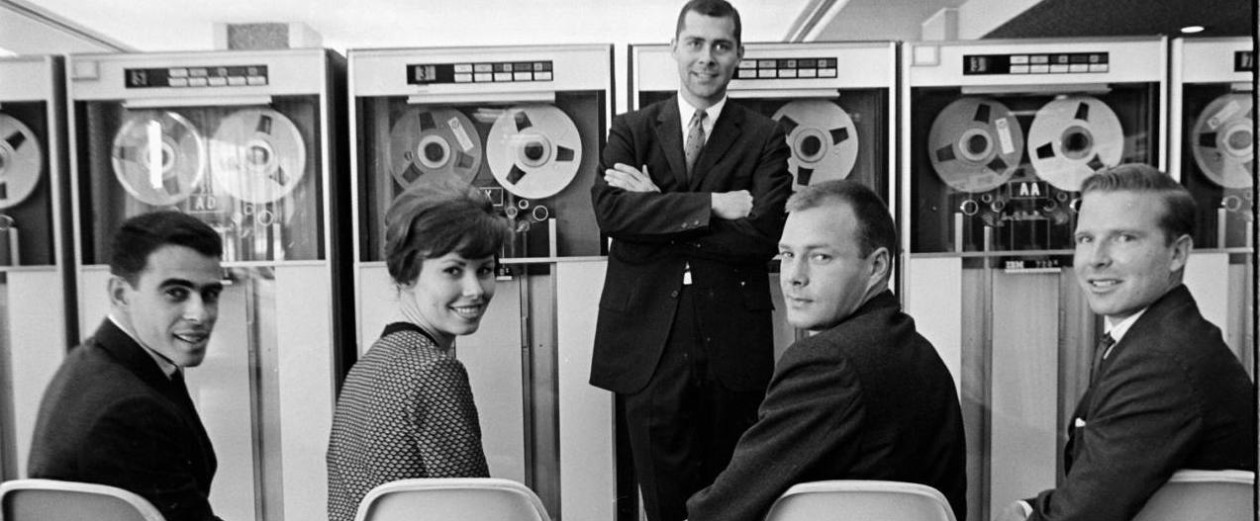This semester I have been teaching a course on the social and organizational aspects of software development. This is not a history course, but a course aimed at students who are working towards becoming software professionals.
One of the more interesting discussions we had recently was about the significance of maintenance in the software development lifecycle. Software maintenance occupies the majority of the time and expense associated with software development — a fact that continues to surprise and perplex even those with long experience in the software industry. In theory, software should never need maintenance, or at least not maintenance in the conventional meaning of the word. After all, software does not break down or wear out. It has no parts to be tightened or lubricated. Once a software system is working properly, it should continue to work forever, assuming that nothing goes wrong with the underlying hardware. So why all the effort spent fixing something that can never be broken?
I have written about the history of software maintenance elsewhere.1Nathan Ensmenger, “Software as History Embodied.” Annals of the History of Computing (2009), 31(1) The short version of the story is that most software maintenance is not about fixing bugs, but about adapting software to a changing technological and organizational environment. As Richard Canning, one of the first industry analysts to identify and describe the hidden costs of software maintenance, described the situation, most maintenance was a reflection not of technological failures, but of “changes in the business environment” 2Richard Canning, “The Maintenance Iceberg,” EDP Analyzer (1972), 10(10) Because software systems were so inextricably tied to other elements of the socio-technical system, it had to constantly evolve in response to changes in its surrounding environment. It is this interface with other systems that “breaks” and needs to be “maintained.” In this as in many other cases, the adoption of metaphors from traditional manufacturing break down when applied to software development.
In any case, it turned out the literature on software maintenance provided my students with one of the most convincing demonstrations of what Frederick Brooks famously described as the “essential” complexity of software development. Brooks was using the Aristotelian distinction between essence and accident to argue that software was difficult not in its implementation (in other words, because of the difficulty in avoiding bugs) but in terms of its fundamental essence. The complexity of software was unique in that it was never-ending; unlike say, the complexity of physical or natural systems, the complexity of software was arbitrary, “forced without rhyme or reason by the many human institutions and systems to which [software] interfaces must conform.”3Frederick Brooks, *The Mythical Man-Month Addison-Wesley, 1975).
This notion of essential complexity neatly tied together a series of conversations we have had over the course of the semester about the life-cycle of software development, from programming language choice to development methodologies to user-centered design philosophies to documentation and maintenance. I would be the last to argue that the goal of doing history is to learn lessons about the present, but in this case, the relevance of the history of computing to contemporary practice was particularly apparent.
- 1Nathan Ensmenger, “Software as History Embodied.” Annals of the History of Computing (2009), 31(1)
- 2Richard Canning, “The Maintenance Iceberg,” EDP Analyzer (1972), 10(10)
- 3Frederick Brooks, *The Mythical Man-Month Addison-Wesley, 1975).

 Follow
Follow